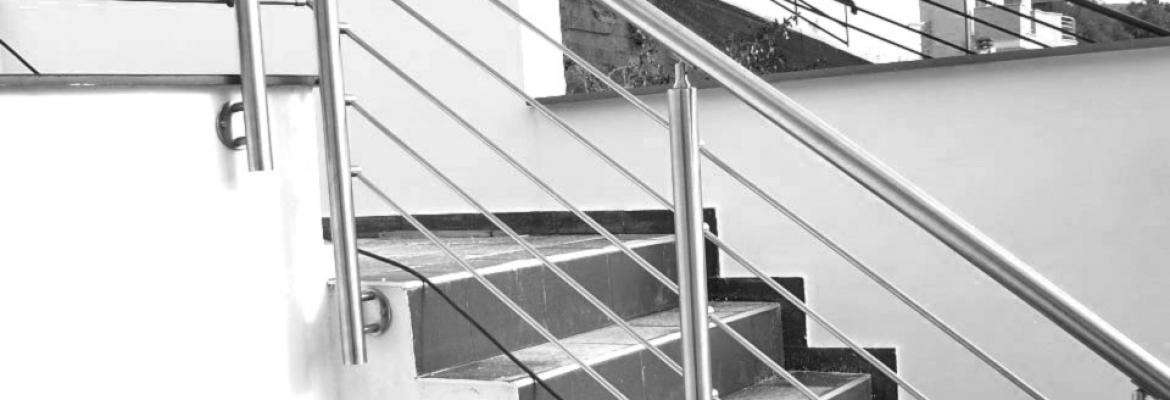
Stainless Steel
Features stainless steel
Stainless steel is an alloy of iron-chromium-carbon with a minimum of 10.5% chromium content by weight Chromium creates a tiny layer (10-100 nm) of chromium trioxide (Cr2O3), which protects the metal substrate from oxidation and corrosion. Besides chromium, stainless steel may contain other alloying elements such as nickel, molybdenum, manganese, etc.
Stainless steel produced in electric furnaces with remelting scrap (scrap), ferroalloys (eg ferrochrome, ferronickel, etc.) and other metallic additions. They are widely used in many applications requiring corrosion resistance for economic reasons (eg chemical industry), for aesthetic reasons (eg architecture) or for health reasons (eg, cooking utensils).
Compared to common steels, stainless steels, in addition to much higher corrosion resistance, and additionally exhibit a higher mechanical strength. However, it is harder than common steel and therefore more unprocessable. Stainless steels also exhibit low thermal conductivity compared to ordinary steels.
The advantages of stainless steel with a look
• Completely resistant to rust
• Stainless steel protects itself. Reacts with atmospheric oxygen and forms a protective membrane.
• There is no surface coating. That appears on the surface there throughout the mass of the material.
• Resistant to temperature and fire. Cigarettes or the flame does not leave any mark on the surface.
• 100% anakyklosimo.
Technika Features stainless steel AISI 304
Material Description Stainless steel DIN 1.4301
Specifications in DIN DIN 1.4301, DIN 2463, DIN 17451
Corresponding specifications AISI 304, UNS S30400
Composition% by weight
Element % Notes
C max 0.08
Cr 18 – 20
Ni 8 - 10.5
Fe 66.345 – 74
Mn max 2
P max 0.045
S max 0.03
Si max 1
Physical Properties
Description Size Notes
Density 8 g / cm3
Hardness 29 HRC
Hardness (annealed) 82 HRB 1100 oC, rapid cooling
Mechanical Properties
Description Size Notes
Modulus 197 GPa
Elongation% (break) 70% to 50 mm
Rate Break 86 GPa
Main Features
In the stainless steel DIN 1.4301 ambient temperature having excellent resistance to oxidation even in the presence of strong acids such as nitric acid. The material exhibits excellent resistance to alkaline solutions and to organic and inorganic salt solutions. Generally the material provides excellent resistance to oxidation in the environment and in an environment of intense salt spray (ships etc.) presents virtual oxidation spots avoided by cleaning.
Specifications of stainless steel AISI 316
Material Description Stainless steel DIN 1.4401
Specifications in DIN DIN 1.4401, DIN 2463, DIN 17451
Corresponding specifications AISI 316, UNS S31600
Composition% by weight
Element % Notes
C max 0.08
Cr Max 18
Ni 10 – 14
Fe 62
Mn max 2
P max 0.045
S max 0.03
Si max 1
Mo max 3
Physical Properties
Description Size Notes
Density 8 g / cm3
Hardness 95 HRB
Hardness (annealed) 82 HRB 1100 oC, rapid cooling
Mechanical Properties
Description Size Notes
Modulus 193 GPa
Elongation% (break) 50% to 50 mm
Rate Break 86 GPa
Main Features
In the stainless steel DIN 1.4401 ambient temperature having excellent resistance to oxidation even in the presence of strong acids such as nitric acid. The material exhibits excellent resistance to alkaline solutions and to organic and inorganic salt solutions. Generally the material provides excellent resistance to oxidation in the environment and in a salt spray environment of intense (ships etc.).
